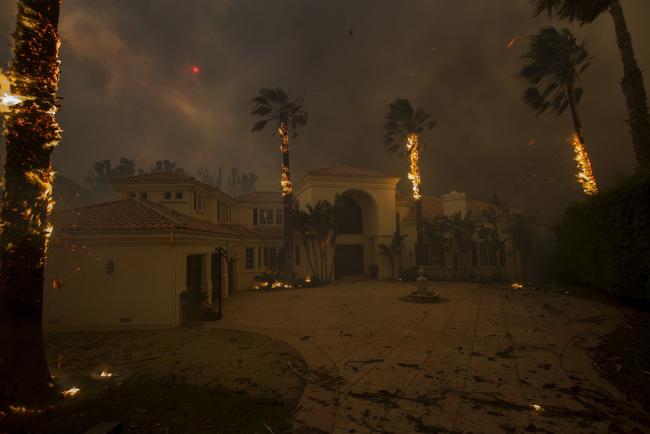Articles Menu

SAN FRANCISCO — California is burning — along the palm-fringed shoreline near Los Angeles and the evergreen forests of the Sierra Nevada foothills. An entire town in the Sierra was nearly erased this week by the most destructive fire in California history. At least 23 people were killed there, and more than 6,400 homes were destroyed. In Malibu and other cities in the hills west of Los Angeles, residents fled their homes — mansions and modest ranch houses alike.
Wildfires have long been a fixture of the California experience. But not like this.



Fire came so fast to the wooded town of Paradise, a four-hour drive north of San Francisco, that roads quickly became impassable. Many people abandoned their vehicles, and at least seven people died in their cars. Paradise is popular with retirees — the town’s median age is 50 — and the authorities struggled to evacuate older residents. At least 35 people have been reported missing. The sheriff fears that number will rise.

Driven by strong winds, two large fires west of Los Angeles engulfed the hills and canyons above the Pacific Ocean. The larger of the fires, known as the Woolsey fire, doubled in size to 70,000 acres from Friday to Saturday. More than 250,000 people were forced to evacuate their homes.




As winds pushed the fire toward the ocean, residents fled along the Pacific Coast Highway. The iconic road was overwhelmed with traffic as towering clouds of ash rose into otherwise cloudless skies.




Paradise had a population of around 27,000 people before the fire. Jim Wilson, the Northern California photographer for The New York Times, is a veteran of many previous wildfires. He has spent the past two days documenting the damage. “Just about everything is gone,” he said.
[Top photo: CreditDavid Mcnew/Getty Images]